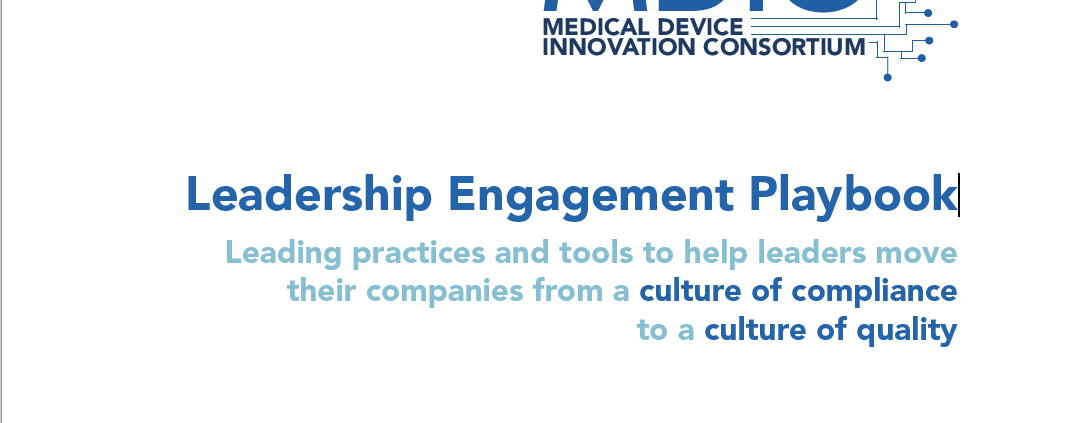A culture of quality in life sciences organizations transcends compliance and serves as a clear, competitive differentiator. In an industry facing increasing competition, regulations, and customer demands, and a mandate for innovation, today’s life sciences leaders are committed to cultivating a culture of quality.
Driven by payers (including the Centers for Medicare and Medicaid Services), the life sciences industry is moving from a reactive to a proactive approach to quality. This requires, in part, a commitment to measuring quality investments. Life sciences organizations, more and more, are being measured and paid based upon clinical outcomes and the quality of their products and services.
This playbook, developed by the Case for Quality Collaborative Community, describes 10 best practices for moving from a culture of compliance to a culture of quality:
- Facilitate a Culture of Quality
- Develop a Quality Strategy
- Make Quality a Priority
- Measure the Value of Quality
- Be Proactive, Not Reactive
- Clearly Define Quality at the Individual Level
- Encourage Quality Behaviors
- Use Quality Benchmarking
- Use Quality Metrics
- Recognize and Reward Quality



